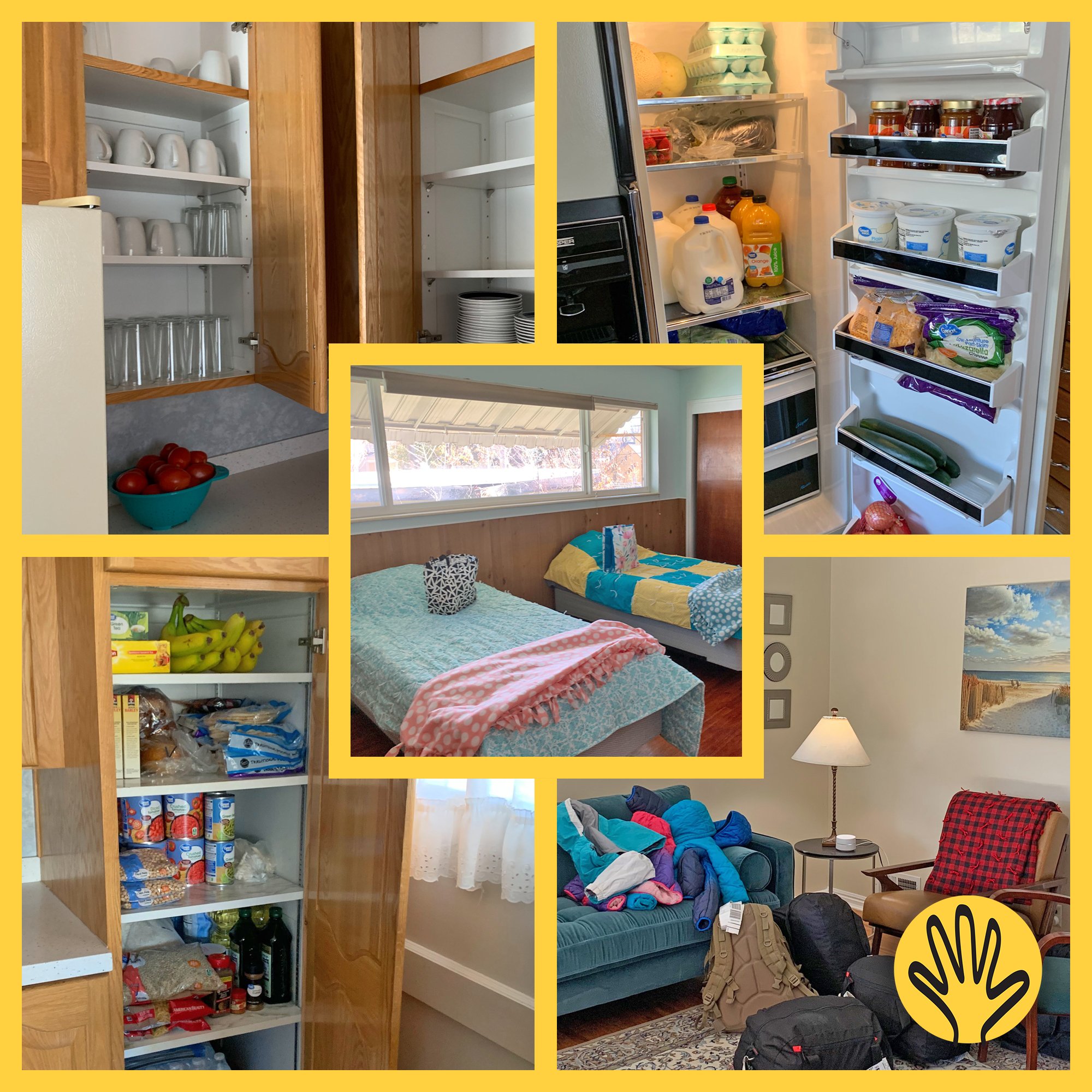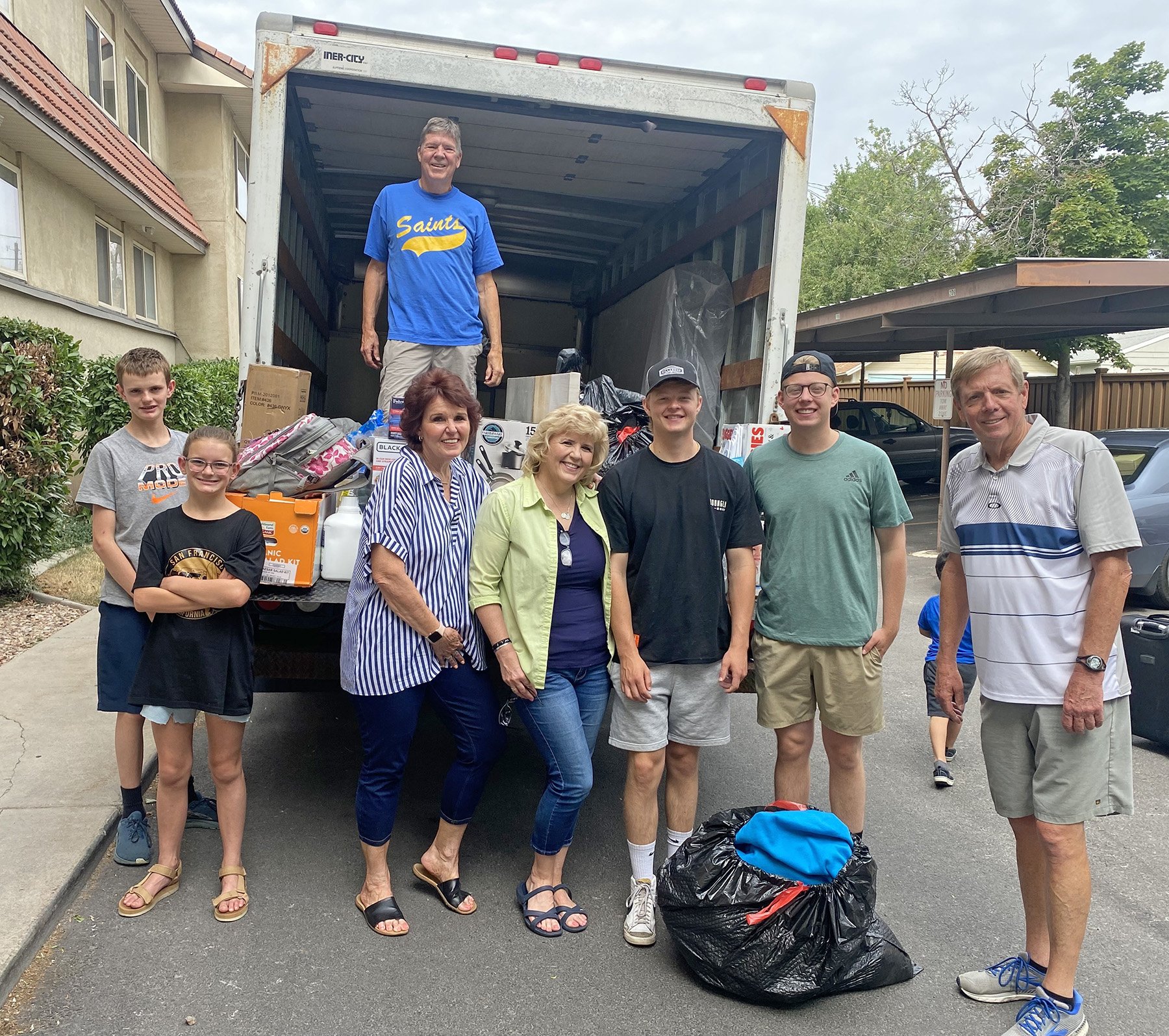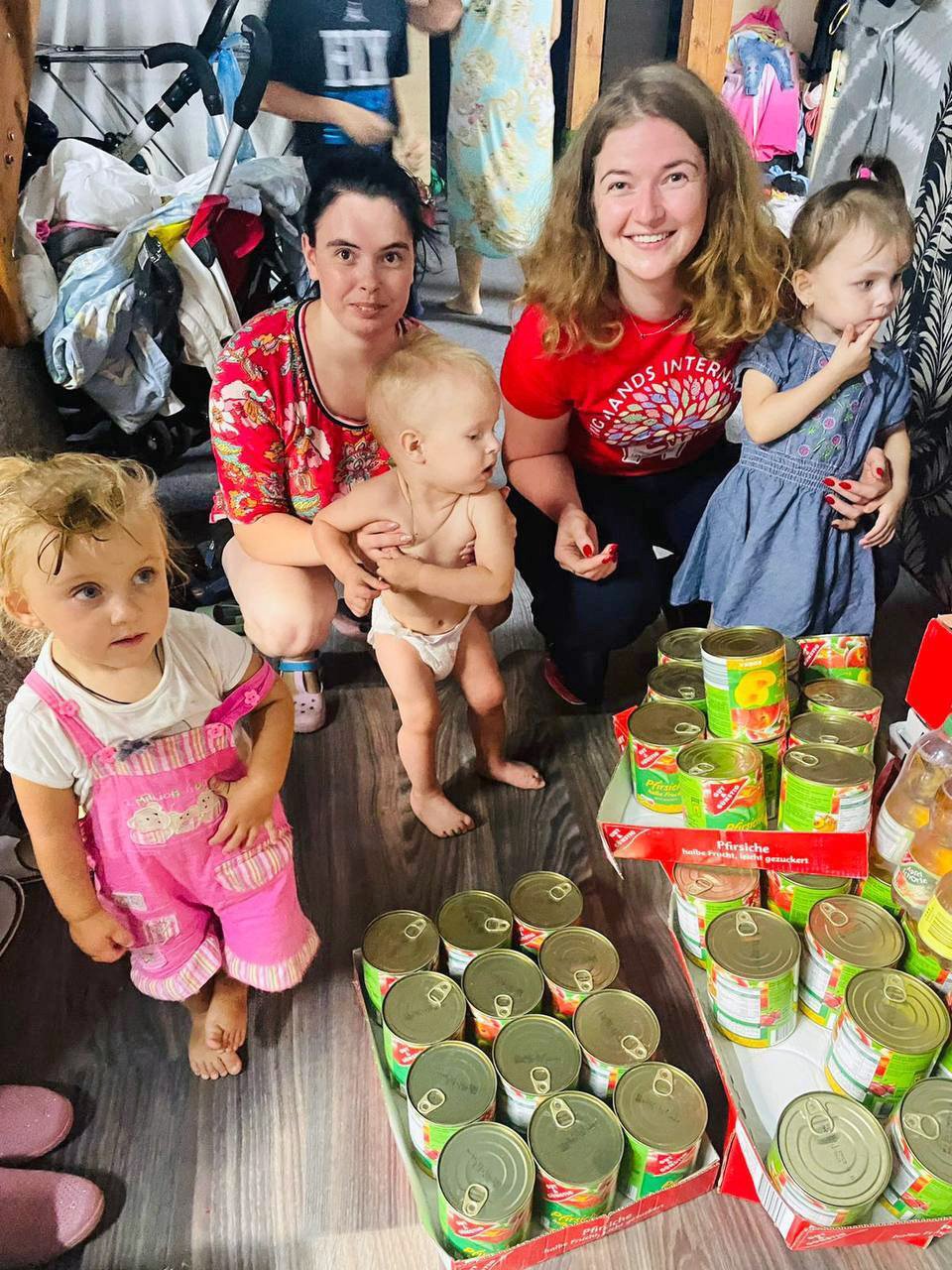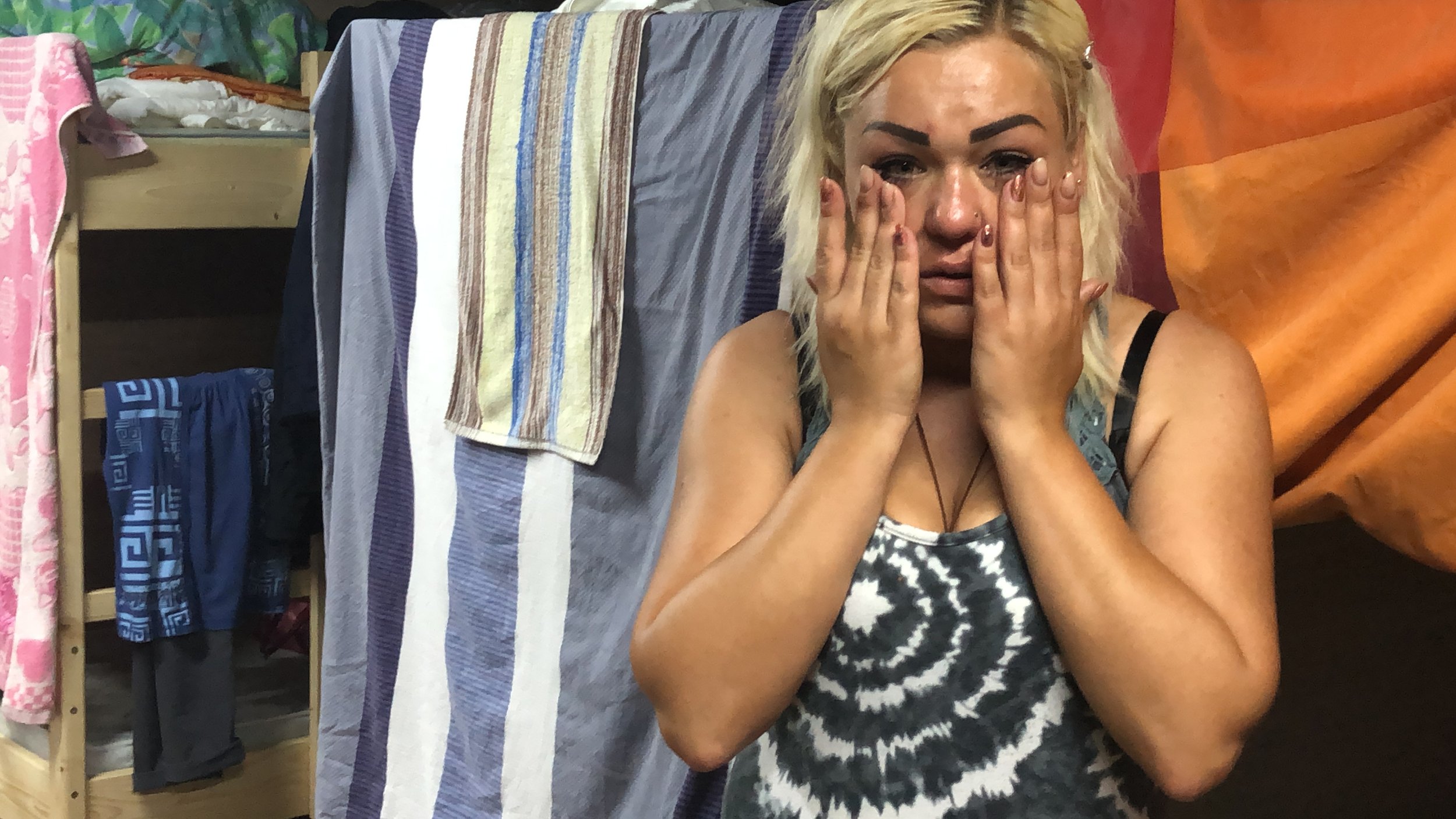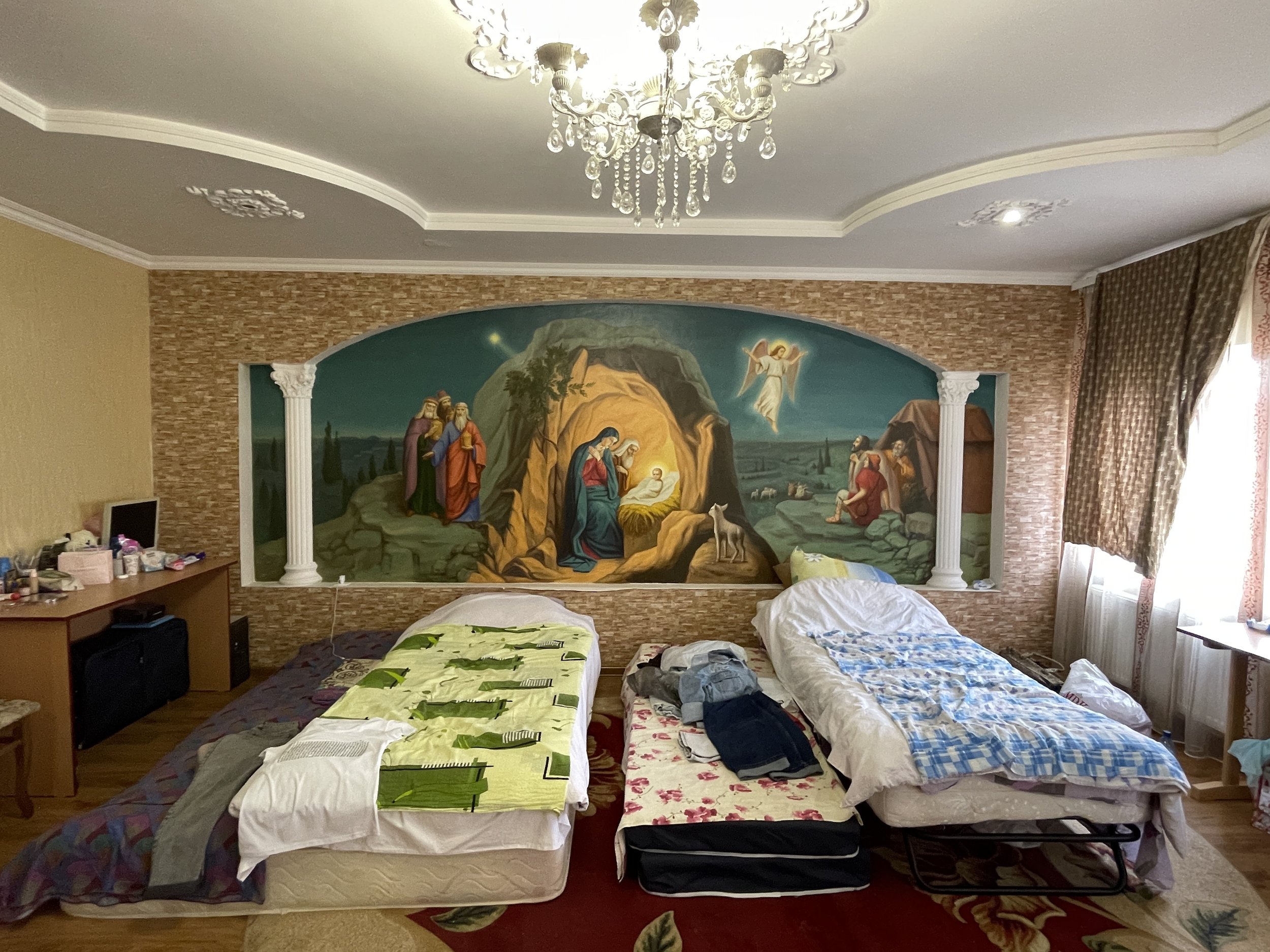What a year we’ve had! After Russia invaded Ukraine in February 2022, we were amazed by the generosity of our supporters, old and new, as we did what we do best: quickly respond to humanitarian crises in real time. With your help, we have:
Made new friends and formed new partnerships
We met Liza and Anna, new friends from our partner I Am Not Alone. We’ve worked with I Am Not Alone to get food and clothing to the front lines and to bring surgeons from France to Ukraine to train Ukrainian doctors in trauma surgical techniques. Liza and Anna even traveled to the LHI Community Center in Serres, Greece to offer legal aid to Ukrainian refugees there!
We met Stas, the Ukrainian entrepreneur-turned-humanitarian who converted a space he’d planned to use for a business into the LHI Shelter in Ukraine, and the women and children who live there.
We spent an afternoon with Orthodox priest Father George and his father, Father Vasily, at St. George’s Church in the village of Storozhynets in Western Ukraine. These men converted the seminary building at St. George’s into a shelter for Ukrainians fleeing violence in eastern Ukraine just hours after Russia invaded. Father George also works with another partner, Blood for Romania, and a network of other Orthodox priests to get food and clothing to people still living on the front lines.
Traci, our co-Director of Utah Operations, and Vasily, from our partner Caritas Mostyska have become good friends as they’ve continued to work together to get shipments of aid from the LHI Aid Warehouse in Utah to Ukraine.
2. Distributed Aid to internally displaced ukrainians and ukrainian refugees in moldova
3. Awarded over 60 small grants to organizations on the ground in Moldova
One grant recipient, the Media Center of Transnistria, ran an education project for Roma children and mothers when they fled their homes in Ukraine.
The local library in the Moldovan village of Riscova used a small grant to start an embroidery club for Ukrainian refugees. One librarian noticed that an organization was attending to her new Ukrainian neighbors’ physical needs, but that no one was offering leisure activities. Over 40 Ukrainian people learned to embroider. The group even won 3rd prize in an embroidery contest!
A project in the village of Parcani helps the local community and Ukrainian refugees to come together to grow food, such as potatoes.
4. Played with and admired the resilience of so many Ukrainian children impacted by the war
Most kids think Edu, LHI’s Director of Field Operations in Moldova, is Santa Claus, except perhaps this little fellow. He was not happy that Edu wouldn’t give him the whole box of balls. Fortunately, he was sort of ok with one in the end!
Edu and Irina from our partner Phoenix opened a playroom for Ukrainian children sheltering at the Polytechnic University in Chisinau.
Babies love the LHI baby kits, many of which are assembled by our volunteers in Utah.
And of course, whenever Hayley is on the ground in Ukraine and Moldova, her playful nature lifts the spirits of all the children she meets!
Where are we going from here? With your help, we will be able to:
Help our partners in Ukraine and Moldova winterize shelters, hospitals, and orphanages
Provide warm clothing, blankets, and sleeping bags to Ukrainians vulnerable to power outages
Provide food and medicine to Ukrainians in need
How can you help? We are glad you asked! Click here to learn more!


































